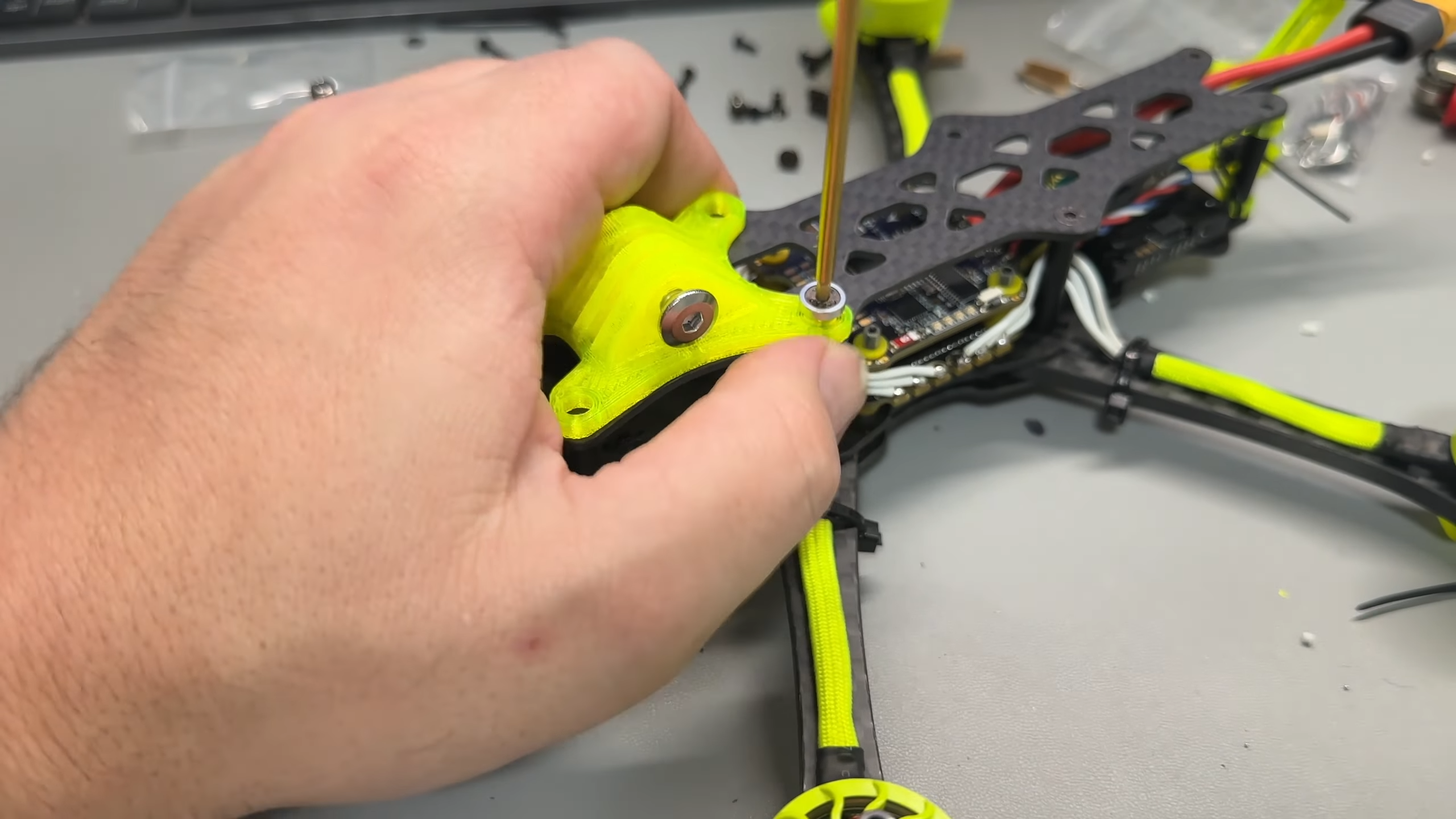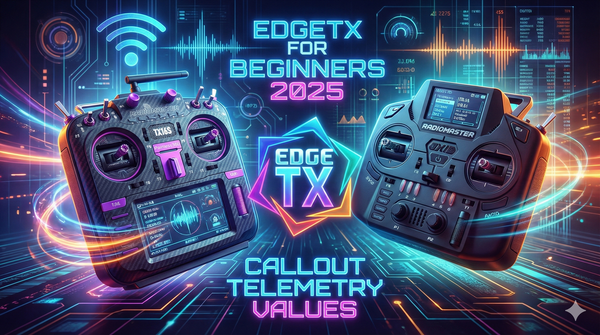The exhilarating world of First Person View (FPV) flying is an increasingly popular hobby, drawing enthusiasts with its unique blend of technological innovation and high-octane thrills. Like any venture, mastering FPV piloting demands more than just raw enthusiasm; it requires a strong foundational understanding of the activity and careful adherence to best practices. This article provides six indispensable tips for every aspiring FPV pilot to ensure a safe, fun, and rewarding experience.
Tip 1: Know the Local Drone Laws
As a cardinal rule, all FPV pilots should have a comprehensive understanding of local drone laws within their jurisdiction. Regulations vary and might include stipulations about the maximum flight altitude, distance from airports, and other safety measures. Violating these laws can lead to serious penalties, and ignorance is no defense. Staying informed about these rules will not only keep you on the right side of the law but also enhance your overall drone flying experience.

Tip 2: Practice on a Simulator
Though it may be tempting to jump right in and take to the skies, practicing on a simulator before handling a real drone can pay dividends. Simulators offer a risk-free environment to learn the ropes, hone your skills, and build your confidence. While simulation may not perfectly mimic the realities of outdoor flying, it certainly provides a useful introduction and practice platform for beginners.

Tip 3: Take Care of Your LiPo Batteries
LiPo batteries can turn into hand grenades if not properly taken care of. Understanding the ins and outs of proper charging, storage, charging, and discharging, as well as learning about safe storage, can save you from potential disasters like burning down your house. Taking care of your batteries not only enhances safety but also ensures that they won't become a consumable expense, especially with rising costs.
👉LiPo Batteries - A guide to using and looking after your batteries - Guides - DroneTrest

Tip 4: Adopt a Routine for Pre-Flight and Post-Flight Checks
Pre-flight checks save drones. It is essential to check all your drones thoroughly the night before you go out flying. Things like ensuring all screws are tight, cameras are secure, and no wires are exposed or loose can prevent you from losing your drone to unavoidable mishaps. It is also useful to do a post-flight check to identify any future problems that have come up during your flight session, especially after a few crashes. This means you can take care of repairs as soon as you get home, preventing any damage from going unnoticed.

Tip 5: Start in Acro Mode:
When starting to learn how to fly a drone, it may seem logical to begin in angle or horizon mode. However, this can lead to bad habits that are difficult to break when transitioning to acro or manual mode. In hindsight, starting in acro mode from the beginning would have been more difficult initially, but it would have accelerated the learning curve and prevented the frustration of having to unlearn bad habits. It's like learning to ride a high-powered motorcycle without any prior experience. Similarly, starting with a five-inch drone may not be the best idea for beginners. Instead, consider starting with a micro drone like a three and a half inch. This will allow for easier control, less damage, and less expensive repairs. Plus, the batteries for smaller drones cost significantly less, which means more flight time and more stick time.
Tip 6: Follow a Checklist Approach
When setting up, building, troubleshooting, and fixing anything FPV related, follow a checklist approach. Check every single detail from start to finish or from finish to start, just like an airline pilot would. This approach will save you from unnecessary stress and wasted time for trying to think that it's the firmware to the quantum thrust capacitors of the gyro momentum equalizer that actually needs flashing and updating when really the problem could have been that when you change the board alignment in Betaflight, you forgot to press save.

The Road Ahead: Your FPV Journey Awaits
Initiating your journey into the world of First Person View (FPV) flying can be a journey filled with immense excitement and gratification. This pursuit does not only provide an adrenaline rush, but it also promotes the development of technical skills and problem-solving abilities. However, as with any other endeavor, this journey should be approached with due diligence, preparedness, and a thorough understanding of the basics.
It's essential to remember that the process of learning FPV is a journey, not a race. By taking the time to understand local drone laws, practice on simulators, care for your equipment (especially LiPo batteries), perform routine checks, begin in acro mode, and follow a systematic checklist approach, you are setting yourself up for success. These practices will help you avoid common beginner mistakes, maximize your flying time, and reduce unnecessary expenses from avoidable repairs or replacements.
Furthermore, FPV flying is an excellent way to join a passionate community of hobbyists and professionals. Through this hobby, you'll have the opportunity to meet a network of like-minded individuals who share your passion, offering chances to learn, grow, and contribute.
Lastly, remember to enjoy the process. Every step, from your first flight on a simulator to your first time experiencing the world through the lens of an FPV drone, is part of an exciting learning experience. It's not just about the end goal of becoming an accomplished pilot, but also about the journey that gets you there - each new skill learned, every problem overcome, and every breathtaking view captured from the skies.
By implementing the tips discussed in this article, you'll be taking measured, confident strides on a path that combines technological innovation with a sense of boundless freedom. Welcome to the thrilling world of FPV flying - a world where the sky is not the limit, but your new playground.







